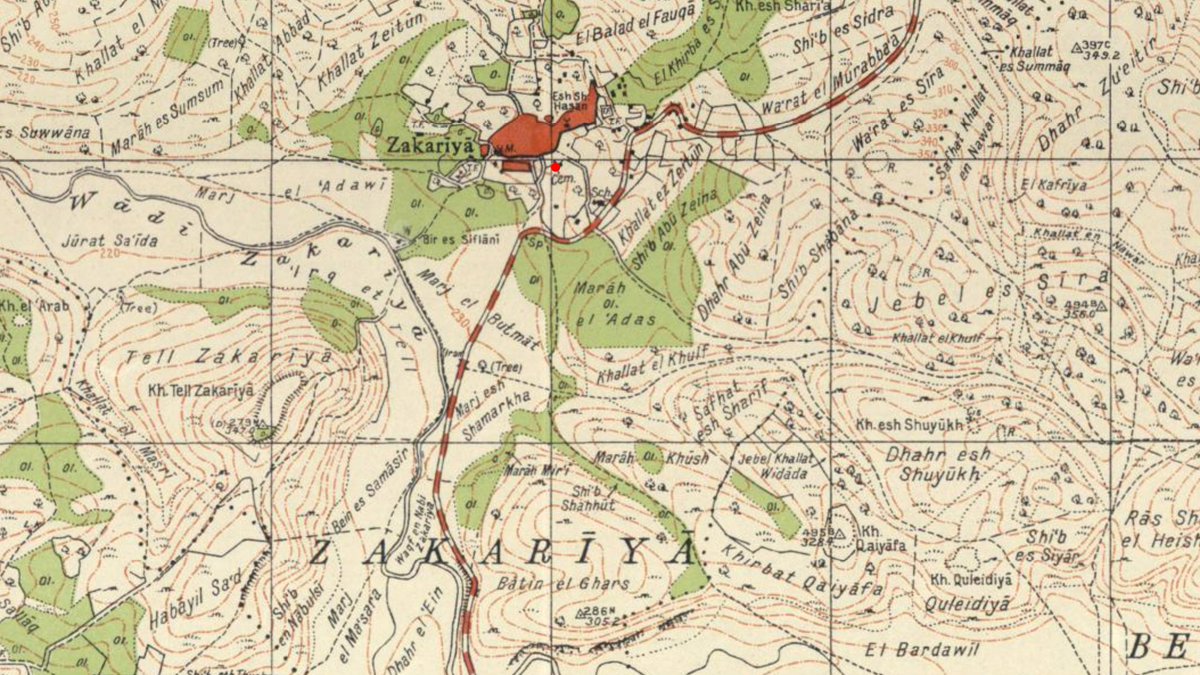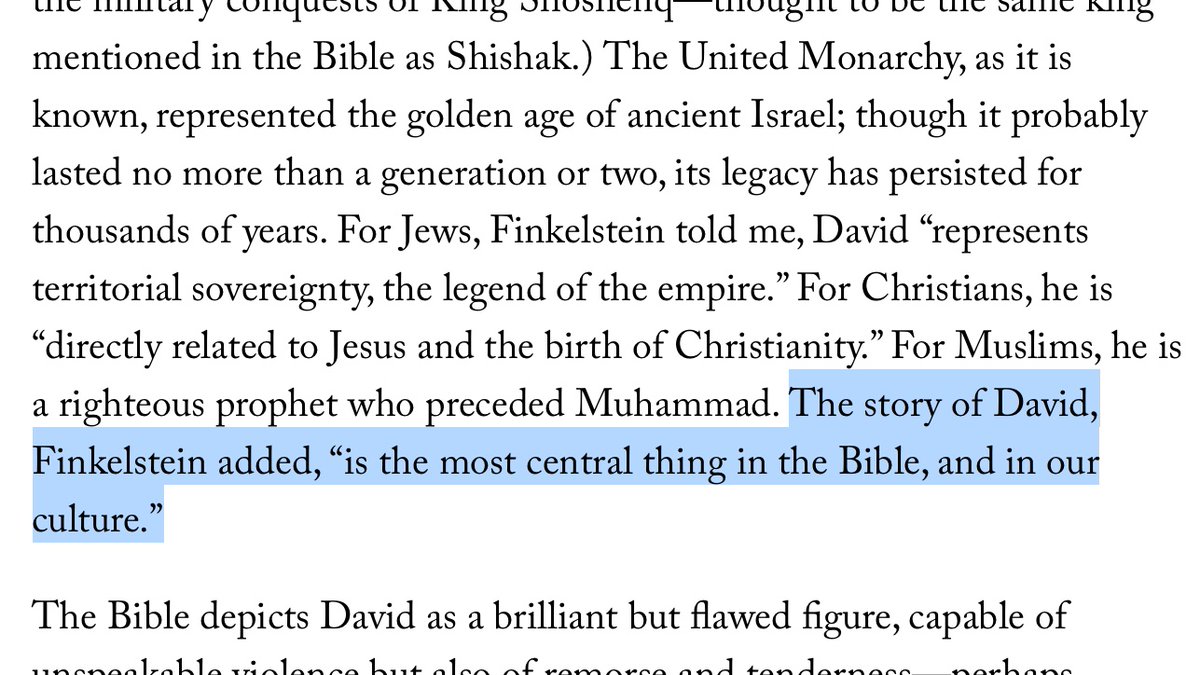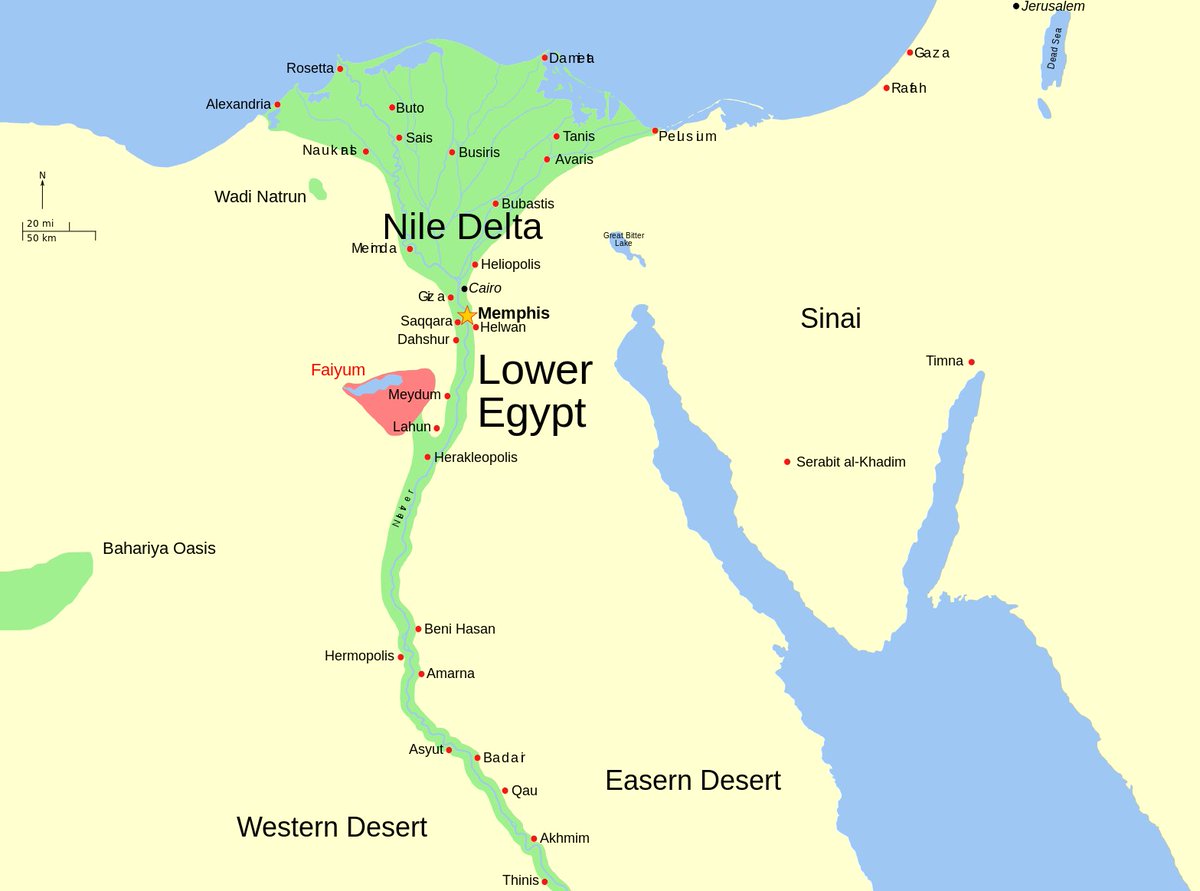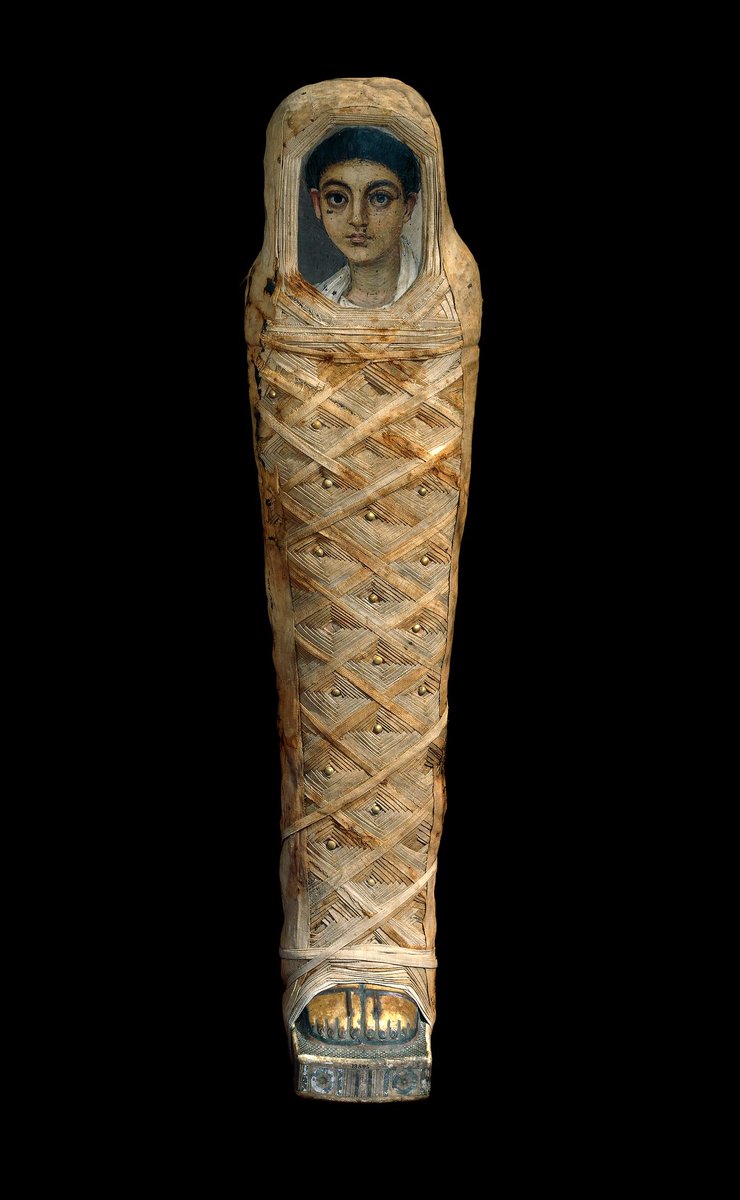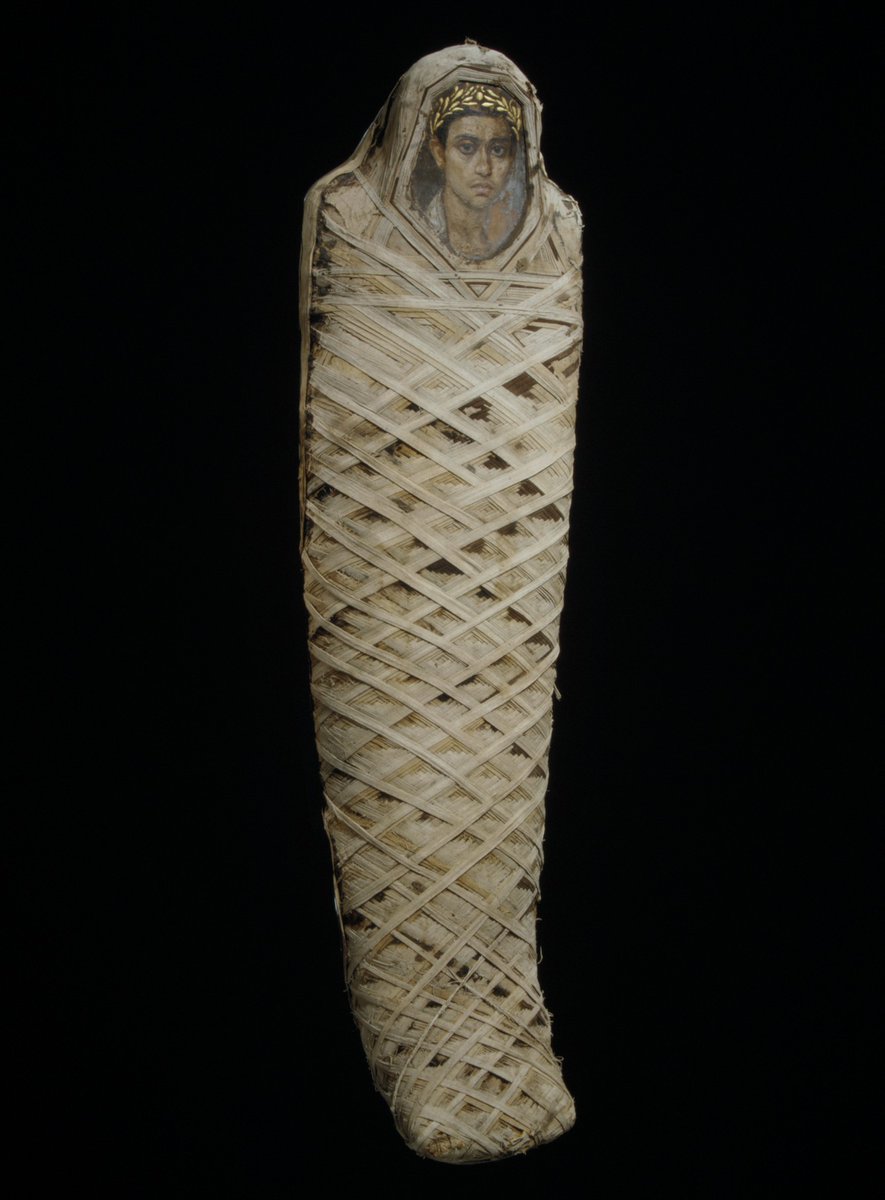
Reports of damage by Palestinian road work to Mt. Ebal -- in Area B of the West Bank.
What's actually going on here? Let's take a look . . .
jpost.com/archaeology/jo…
What's actually going on here? Let's take a look . . .
jpost.com/archaeology/jo…
The only English reports I've seen are from right-wing Israeli media, which emphasize the outrage among conservative members of the Knesset and settler organizations. 

The best report is from Haaretz, in Hebrew only so far.
(Typically Haaretz publishes these reports in Hebrew first & then translates them into English, so we may see an English version soon.)
haaretz.co.il/news/local/.pr…
(Typically Haaretz publishes these reports in Hebrew first & then translates them into English, so we may see an English version soon.)
haaretz.co.il/news/local/.pr…
Haaretz reports that the roadwork was carried out by the municipality of Asira ash-Shamaliya, which is next to Mt. Ebal, and they spoke with the town's mayor. 

In the passage above, Haaretz paraphrases the mayor as blaming the damage on a contractor and saying that the municipality wasn't aware of what was going on.
However, later in the article Haaretz paraphrases the mayor saying that they weren't aware that the stone wall they damaged was part of the site (they thought its bounds were narrower), & that he's met with the Civil Administration and agreed to replace the wall. 

This is a very different picture than that painted by the right-wing outlets, w/ their dire warnings of Palestinian threats to Israeli heritage and sovereignty:
"There are relentless attempts to weaken our hold on our homeland" (referring to Palestinian land occupied by Israel)
"There are relentless attempts to weaken our hold on our homeland" (referring to Palestinian land occupied by Israel)

The reporting of those conservative outlets is based on an announcement from Shomrim Al HaNetzach ("Preserving the Eternal"), who are also responsible for informing the conservative legislators.
They include no independent reporting on what actually happened.
They include no independent reporting on what actually happened.

Who exactly is Shomrim Al HaNetzach?
They're a settler project that has been scaremongering about Palestinian damage to cultural heritage for a few years, in order to influence the political situation & tighten Israel's grip on the West Bank.
They're a settler project that has been scaremongering about Palestinian damage to cultural heritage for a few years, in order to influence the political situation & tighten Israel's grip on the West Bank.
https://twitter.com/MichaelDPress/status/1257289233473196033
Shomrim Al HaNetzach is in fact a project of the settler group Regavim, who are known to resort to publicity stunts and are an entirely unreliable source.
https://twitter.com/MichaelDPress/status/1148577743178752000
Despite this unreliability, conservative Israeli media have been reporting their claims about Palestinian threats to archaeology & heritage in the West Bank *for years* w/o any independent reporting to try to confirm.
https://twitter.com/MichaelDPress/status/1131190435932717057
As we see in this case, & I think in many of the others, the reality appears to be quite different from the hysterical picture Shomrim Al HaNetzach/Regavim is painting.
Moral: Next time you see warnings about Palestinian threats to cultural heritage, read and think critically!
Moral: Next time you see warnings about Palestinian threats to cultural heritage, read and think critically!

Brief thread from Nir Hasson (who co-authored the Haaretz story, so no surprise it's the best one on the subject).
Key point: "There is no Palestinian campaign to destroy antiquities"
Key point: "There is no Palestinian campaign to destroy antiquities"
https://twitter.com/nirhasson/status/1359833555006873601
Haaretz now has an English-language version of its article up. Despite the fact that the text is almost identical, it is credited to Nir Hasson alone. (Hagar Shezaf, Haaretz's West Bank correspondent, is still listed as co-author on the Hebrew version.)
haaretz.com/middle-east-ne…
haaretz.com/middle-east-ne…
Meanwhile, settler youth from the Shomron Regional Council (ie, regional council for settlers in northern West Bank) restored part of the wall on Thursday.
Note this is a file photo (of Palestinian security planting trees!) w/no connection to the story
i24news.tv/en/news/cultur…
Note this is a file photo (of Palestinian security planting trees!) w/no connection to the story
i24news.tv/en/news/cultur…
The i24 story is otherwise poorly reported, confusing basic facts, and misleadingly suggesting that the Palestinians weren't aware that Mt. Ebal wasn't a heritage site (when as Haaretz reports it's that they didn't know the boundaries of the site were quite so expansive). 

The Jerusalem Post weighs in with the news that Israel's president has asked the Defense Ministry to investigate the incident.
jpost.com/arab-israeli-c…
jpost.com/arab-israeli-c…
The president's letter invokes the idea that the site is both "universal" and "national" heritage.
That sites in the occupied West Bank are part of Israeli national heritage and simply part of "the country" is a standard view -- these are "our heritage sites"
That sites in the occupied West Bank are part of Israeli national heritage and simply part of "the country" is a standard view -- these are "our heritage sites"

• • •
Missing some Tweet in this thread? You can try to
force a refresh








